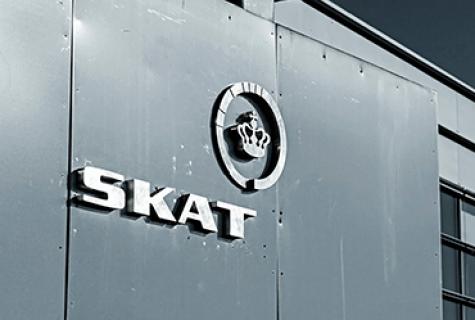New Danish practice for the tax treatment of certain securities investment undertakings (“SIUs”/”værdipapirfonde”)
By issuing new guidance, SKAT (the Danish tax authorities) is changing its practice for the tax treatment of an SIU. According to SKAT, an SIU as such shall be considered liable to taxation. Previously, SKAT considered an SIU transparent for Danish tax purposes
The previous practice was in reality the primary reason for SIUs not being popular investment vehicles, even if these were introduced to UCITS several years ago. Thus, the changed practice may be the kick off of the establishment of more SIUs. Unlike investment funds and so-called “SIKAVs”, SIUs are not structured in the same way as limited liability companies in relation to company law, as their structure is comparable to a regular financial product.
The guidance was issued based on a decision by the National Tax Board (SKM2016.6.SR), according to which a securities trust registered in Sweden was to be considered liable to taxation corresponding to a Danish taxpaying entity, and the Danish investors thus to be liable to pay tax pursuant to Section 19 of the Danish Capital Gains Tax Act. In other words, it means a quite different, simplified tax treatment, as investors are liable to pay tax of the total annual increase in value of the SIU instead of paying tax of their individual parts of gains, losses, dividends etc. of the underlying securities.
What are the reasons for changing the practice?
The National Tax Board’s decision in the above case is based on the presumption that an SIU as such is liable to taxation. The change of practise is in accordance with the conclusions of the Danish Ministry of Taxation’s analysis of the taxation of investment undertakings and the investors, published at the end of 2015.
In its guidelines, SKAT emphasizes the ordinary criteria established by practice in relation to a company and in relation to an association.
Based on the above, SKAT gives the following grounds for the changed practice:
- that none of the investors are personally liable;
- that the distribution of profits will be in proportion to the investors’ capital investment;
- that the SIU has separate articles – so-called fund regulations,
- that separate financial statements are available;
- that there is a possibility of expanding the group of investors;
- that it has been decided what will happen to the funds at the resignation/dissolution of each individual investor; and
- that the investment capital is available, as each investor’s investment corresponds to its share of the capital.
In practice, this means that the investors’ shares (parts) of SIUs shall be considered sold at the market value at the time from which the change of practice takes effect. Thus, there should be a statement of profit and loss on the investors’ shares (parts) of the underlying assets and new opening values should be fixed on the investors’ investment certificates.
Foreign entities and place of management
As for foreign entities, SKAT remarks in its guidance that a foreign SIU will be subject to limited tax liability if the SIU in question as such is to be considered liable to taxation and has income subject to limited tax liability, cf. Section 2 of the Danish Corporation Tax Act. Precisely which foreign entities will be affected by the new practice, however, is not evident.
In addition, an SIU registered abroad, being administered from Denmark by a Danish management company is assumed to have its effective place of management in Denmark. Thus, SKAT sets up an obstacle to cross-border administration.
When will the new practice be implemented?
The changes to the practice will take effect from the date of the National Tax Board’s preceding decision of 15 December 2015.
If you have any questions to the details of the changes, please contact tax law expert Robert Mikelsons by email rom@njordlaw.com or by telephone +45 77 40 10 30, or bank and financing expert Kim Høibye by email kh@njordlaw.com or by telephone +45 77 40 10 24.













